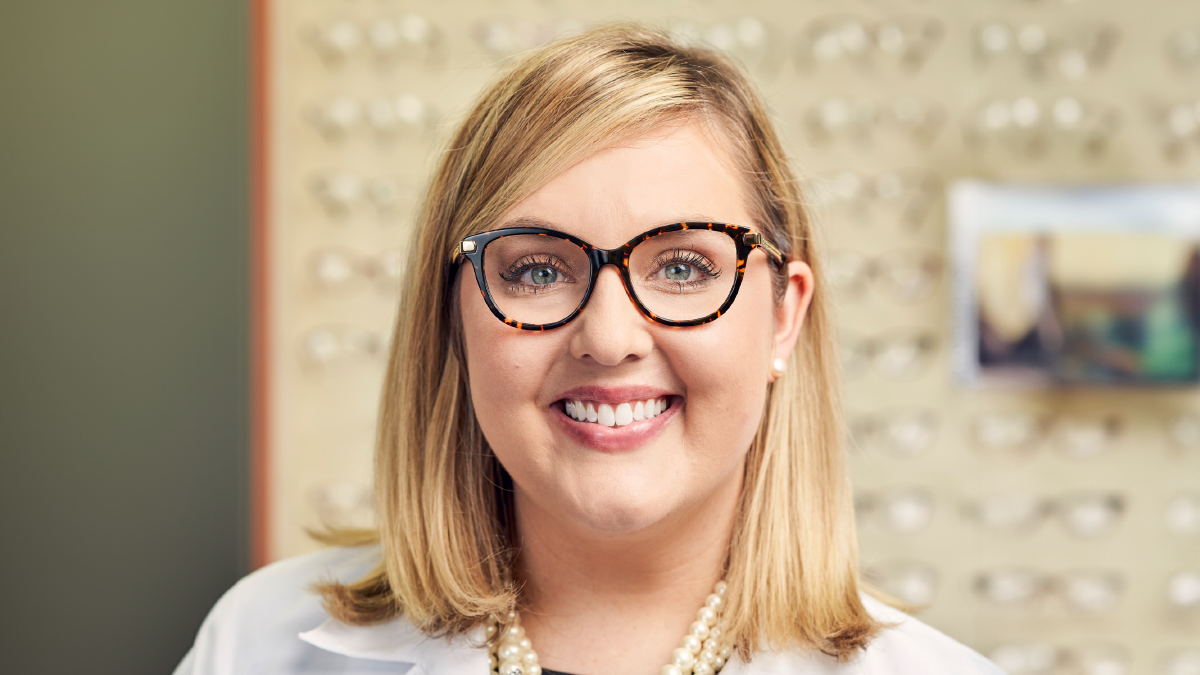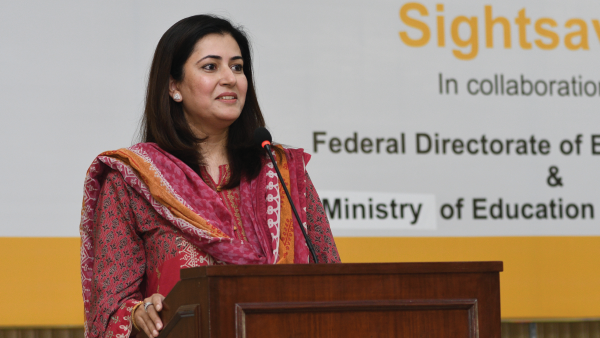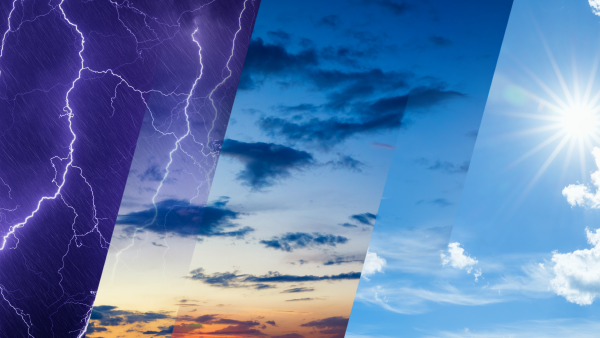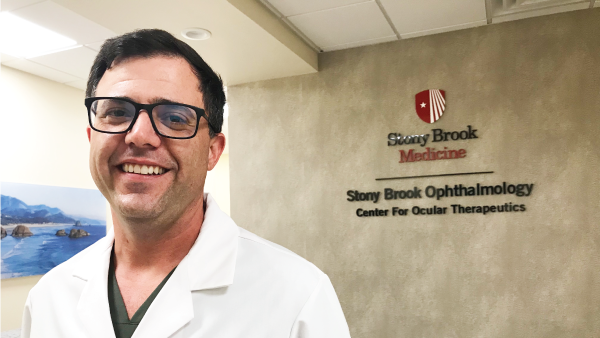The State of Dry Eye
New Bausch + Lomb survey highlights the lack of awareness around Dry Eye symptoms and treatment options
In recognition of Dry Eye Awareness Month, Bausch + Lomb has launched its inaugural State of Dry Eye survey, created to investigate the American adult population’s understanding of dry eye.
The Harris Poll survey covered more than 2,000 US adults, both dry eye and non-dry eye sufferers, explains Jessilin Quint, President of the Maine Optometric Association and an Adjunct Faculty Professor at the Indiana University School of Optometry. “The goal was really to have a better understanding of the prevalence of – and the perceptions around – dry eye.”
The survey’s main findings – how dry eye can impact sufferers’ quality of life, dry eye can be challenging to manage and can impact daily activities, and the importance of treatment – indicate that much more needs to be done to raise public awareness, says Quint.
A key aspect of this current lack of awareness is that people with dry eye don’t necessarily associate their symptoms with the disease and, if not addressed, symptoms can become more frequent and more severe, progressing to dry eye disease.
“In my own practice, I’m applying these survey findings to educate patients that their symptoms – be that burning, watering, or redness – could in fact be dry eye, and that they should see an eye care doctor to discuss available treatment options,” adds Quint.
“Historically, dry eye is considered an ‘older disease’, but in my experience I see patients of all ages that suffer from dry eye symptoms. The data from the survey also showed us that symptoms can really range in frequency. But those symptoms, especially if left untreated, can progress to become more of a chronic state of dry eye that turns into a disease process at that point.”
While the survey revealed that people might not realize that they have dry eye, the symptoms they experience very much impact their quality of life.
“There’s one statistic that really stood out for me,” Quint adds. “8 in 10 dry eye sufferers (81 percent) were constantly aware of how their eyes felt, and close to half reported that they could practically hear themselves blink.” The survey also showed the majority of sufferers of dry eye (67 percent) felt like they had to give up on things they loved – hobbies, limiting device use, scaling back on driving. Those are things that really impact your daily life.”
The New Optometrist Newsletter
Permission Statement
By opting-in, you agree to receive email communications from The New Optometrist. You will stay up-to-date with optometry content, news, events and sponsors information.
You can view our privacy policy here
Most Popular
Sign up to The New Optometrist Updates
Permission Statement
By opting-in, you agree to receive email communications from The New Optometrist. You will stay up-to-date with optometry content, news, events and sponsors information.
You can view our privacy policy here
Sign up to The New Optometrist Updates
Permission Statement
By opting-in, you agree to receive email communications from The New Optometrist. You will stay up-to-date with optometry content, news, events and sponsors information.
You can view our privacy policy here







